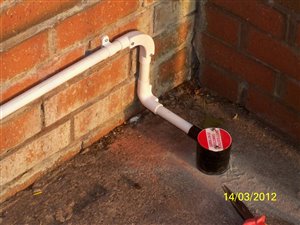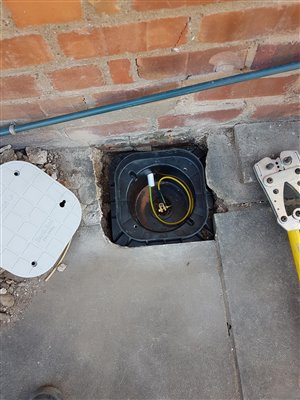As is well known, TN systems are not perfect and a broken or high impedance PEN conductor causes the livening of earthed and bonded surfaces, including the chassis of EVs when they are plugged in to EV charging equipment. It is noted that the IET Wiring Rules do not permit the use of PME systems to supply EV charging equipment unless the voltage on earthed surfaces is held to a non-lethal value.
The second is how to be reasonably sure that the RCDs in any TT installation will be regularly tested every six months or so by the users of the installation? RCDs are not perfect but are much more important safety devices when used in a TT installation than in a TN installation. Therefore regular testing appears to be important to maintain safety. With non-domestic installations this should not be a problem as their regular testing (by pushbutton) can be linked to annual building inspections or included in maintenance schedules. However, how does the UK ensure - if it does - that the occupants of domestic TT installations regularly check the operation of their RCDs? One sensible suggestion made by a committee member was that the regular RCD checking could be linked to the six-monthly call by our Fire and Emergency Service to check the batteries in fire alarms installed in houses. That might prompt a few people to check their RCDs.
I should be grateful for any comments or suggestions.
P M R Browne BE(Elect) FIET FENZ




